
Experiment
Experimenting by undertaking concrete projects from the corporate world is a trademark of ESB. Every year, more than 50 school-company projects are carried out.
Speed défi
Project carried out by 1st year student-engineers
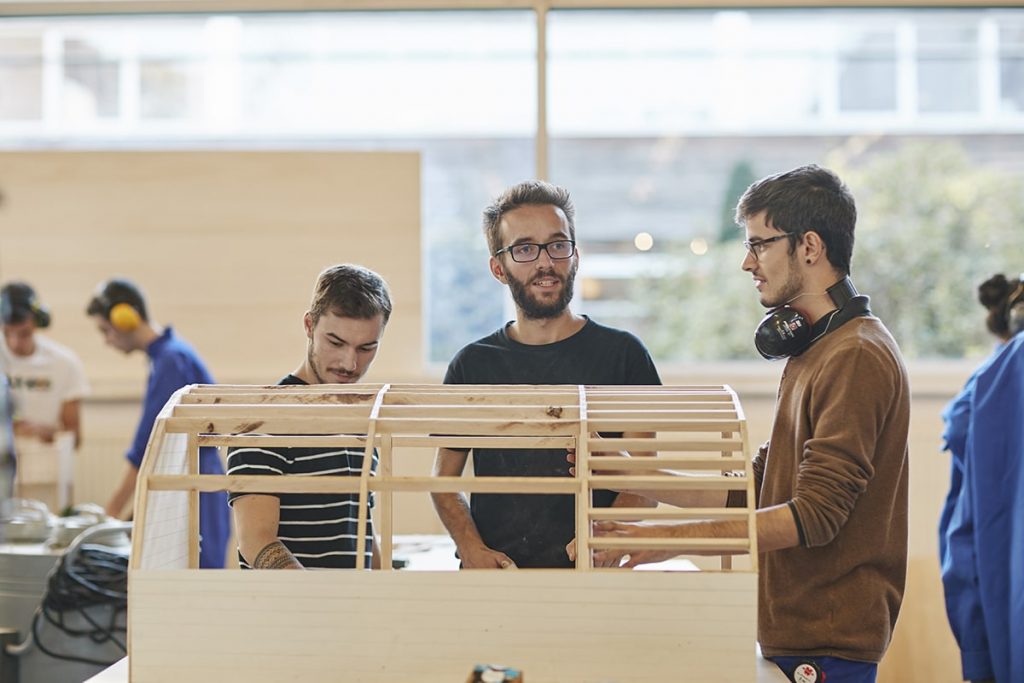
Based on an ideas competition, first-year engineering students work for a week on the design and production of a prototype based on an imposed theme.
Through this exercise, they learn to work in project mode, in a team and under time and resource constraints.
For the company proposing the topic, the Speed Challenge is an opportunity to benefit from the creativity of the students divided into groups, i.e. a dozen different and inspiring proposals!
How does the Speed Challenge work?
- In October.
- Project in sprint mode over 10 days.
- 70 students involved.
- 10 to 12 different projects presented and illustrated by models or prototypes.
- The company is present at the start (presentation of the subject) and at the final presentation.
Collaborative innovation project (WIT)
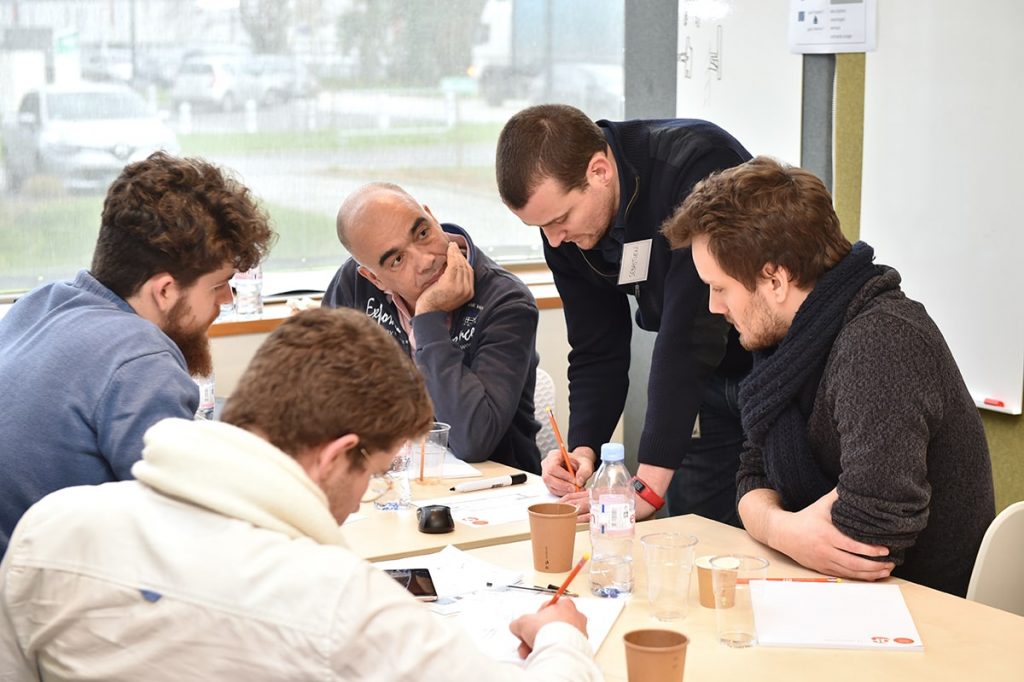
The originality of the WIT (as in Wood it together) project is to go beyond the students to find R&D and engineering resources.
The team specially created for each WIT session is made up of about twenty people: company employees, students, teachers and research engineers.
This multidisciplinary and multi-skilled team, combined with the ESB’s facilities (laboratories, fab lab, workshops), makes it possible to solve a problem or create a new product in record time.
How is the WIT project going?
- Several sessions scheduled during the school year.
- In sprint mode over 4 days.
- A dedicated team of about twenty people: company employees, teachers, research engineers, students.
Moving from innovation to industrialisation (P2i)
Project carried out by 2nd year student-engineers
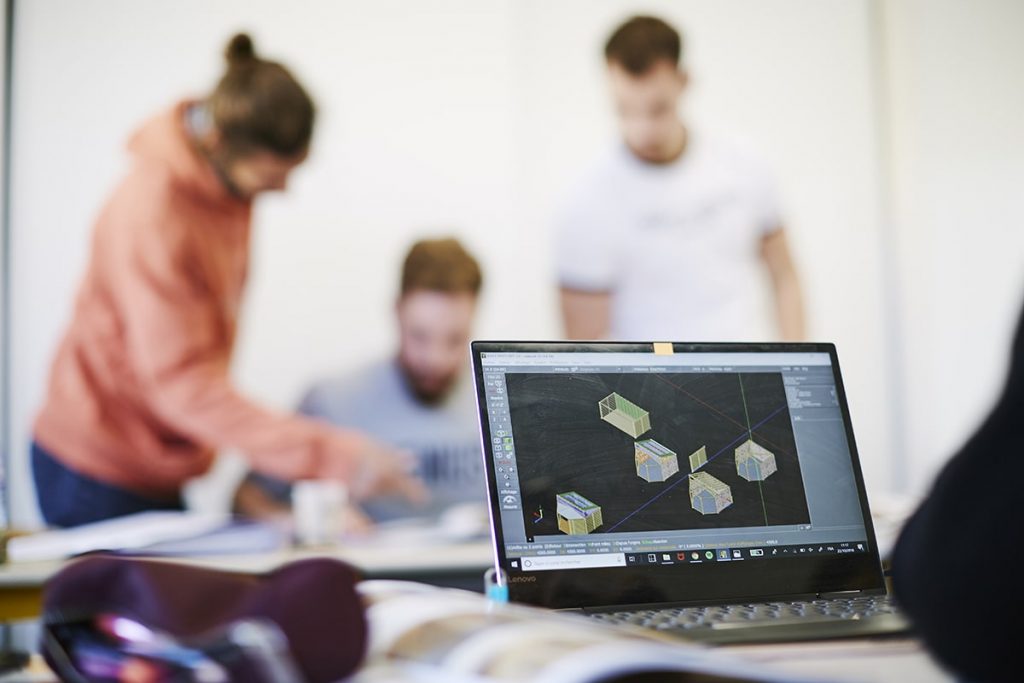
The P2I project takes the proposals of designers and makes them compatible with the constraints of industrial production.
From a product or service, the students make an improvement (function, design, materials, service), check the possibilities of industrialisation and make a prototype to verify it.
How does the P2I project work?
- Over one semester, from September to January.
- A group of 3 to 4 students.
- The equivalent of 85 hours of work.
- An oral defense for the restitution and a prototype at scale 1.
Research and Technology Transfer Project (RTTP)
Project carried out by 1st and 2nd year student-engineers
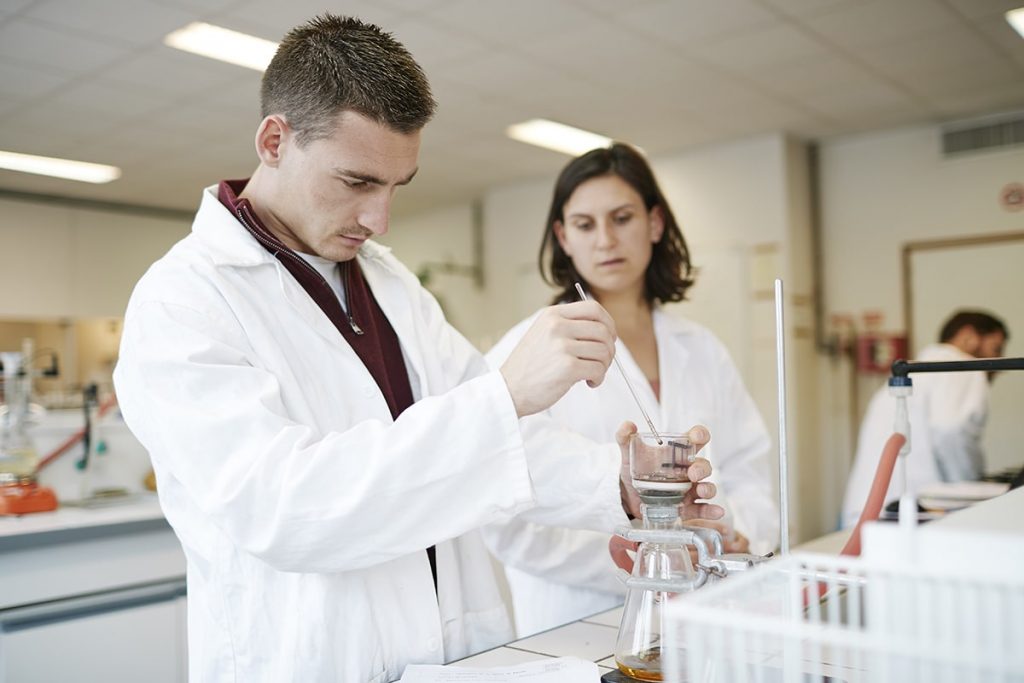
The aim of this project is to enable students to find a solution to a problem, using the main steps of scientific research.
Students work on problems arising from the company or in connection with research projects carried out at the ESB or in other laboratories.
How does the PRTT work?
- Over one semester, from February to May.
- A group of 2 to 4 students.
- All in English!
- Submission of a complete dossier in the form of a scientific article.
Major project
Project carried out by 3rd year student-engineers
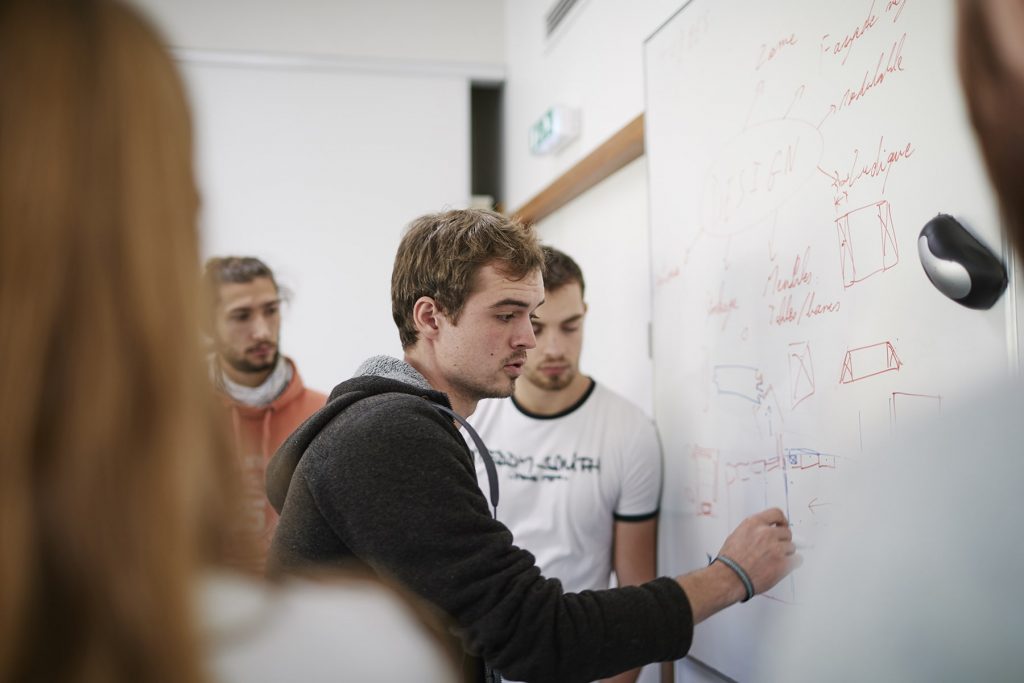
This school-company project is carried out by students in their final year of training as part of the in-depth study they have chosen (business sector).
The aim is to enable them to provide solutions to industrial problems related to their professional project.
How does the deepening project work?
- Over one semester, from September to February.
- A group of 3 to 4 students.
- The equivalent of 200 hours of work
- A deliverable and an oral presentation.
- Possibility of continuing with an internship.











